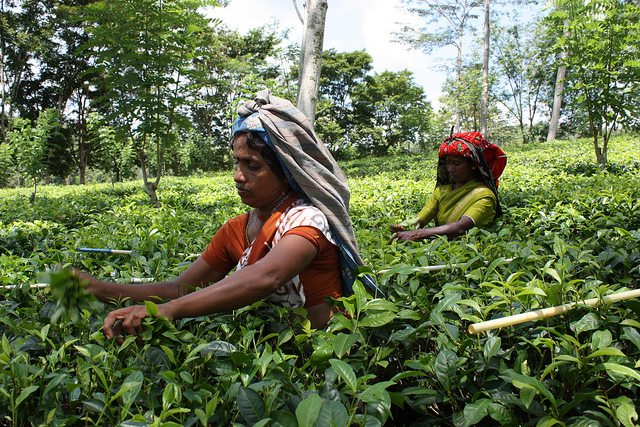

The COVID-19 pandemic in 2020 made the bad situation worse.This weakened its currency and made it more difficult for the government to import essential goods. Consequently, the number of tourists fell sharply leading to a decline in foreign exchange reserves.In April 2019, the crisis accelerated after suicide bombings at churches hurt the island nation’s critical tourism industry.This commitment tied the hands of the government to go for counter-cyclical fiscal policy when economy slowed down after 2013.It was in this context that the government obtained $2.6 billion loan from IMF loan in 2009 with the conditionality that budget deficits would be reduced to 5% of the GDP by 2011.

The 2008 global financial crisis of 2008 had led to flight of capital further draining Sri Lanka’s foreign exchange reserves. During the period of the war, budget deficits were high.Continuing drain of foreign exchange reserves.The average GDP growth rate almost halved after 2013.However, the economy was on a downward spiral after 2013 as global commodity prices fell, exports slowed down and imports rose.Possibly because of pent-up demand, Sri Lanka’s post-war GDP growth was reasonably high at 8-9% per annum between 20.It mobilised foreign exchange reserves through primary commodity exports, tourism and remittances, and used it to import essential consumption items including food.Even in the 21st century, Sri Lanka’s economic fortunes continued to be tied to the export of primary commodities such as tea and rubber, and garments.Historical imbalances in the economic structure.There’s no singular cause for the crisis, which had been building for years due to multiple factors


 0 kommentar(er)
0 kommentar(er)
